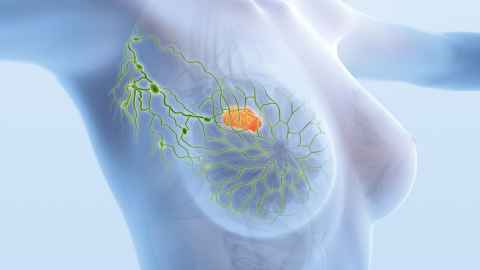Advanced imaging and modelling to understand lymphoedema development after cancer treatment
Fully funded | Masters

The lymphatic system includes a complex network of vessels and lymph nodes that transports excess fluid from the body’s tissues back into the bloodstream. Unfortunately, up to 20% of patients treated for cancer will develop lymphoedema, an incurable disease, caused when the lymphatic vessels do not work properly and lymph fluid moves in a reverse direction back into the skin, causing chronic skin thickening and hardening. Currently it is impossible to predict if lymphoedema will develop after cancer treatment or the altered route that lymph fluid will take during its onset and progression. To improve our understanding of this complex disease, our team is developing advanced imaging devices and computational fluid dynamic (CFD) models of the lymphatics to simulate lymphoedema.
In this Masters project, you will use a custom optical coherence tomography (OCT) imaging system built in the Biophotonics Laboratory to obtain imaging data of lymphatic vessels in the dermis of the skin. You will carry out advanced image processing methods to segment vessels and define functional parameters such as flow rate and compliance. You will use these data as input for an existing CFD model to simulate lymphatic fluid flow. This will contribute to developing a state-of-the-art model of the lymphatics, which could inform prevention strategies and therapies for lymphoedema.
Desired skills
- A background in Bioengineering, Physics, Computer Science or related discipline
- Experience with image analysis and machine learning and/or deep learning
- Strong programming skills
- Strong written and verbal communication skills
Funding
Marsden
Contact and supervisors
For more information or to apply for this project, please follow the link to the supervisor below:
Contact/Main supervisor
Page expires: 14 April 2026